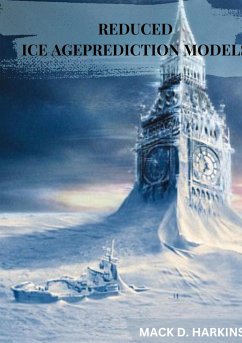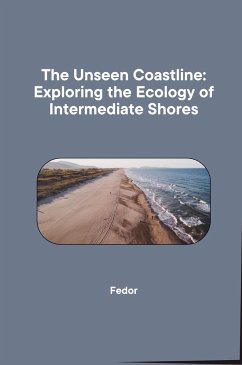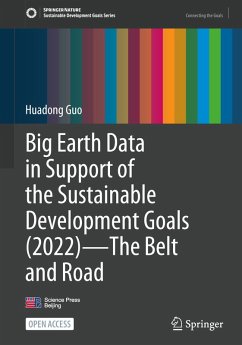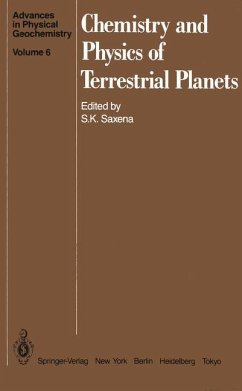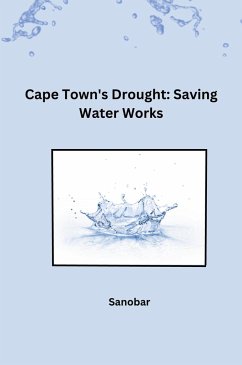
Asteroid Belt History and Terrestrial Bombardment
Versandkostenfrei!
Versandfertig in 6-10 Tagen
15,00 €
inkl. MwSt.

PAYBACK Punkte
0 °P sammeln!
The main asteroid belt, spanning approximately 2-4 AU in heliocentric distance, serves as a sparse repository of rocky debris, offering invaluable insights into the solar system's past. Evidence drawn from the dynamical structure of both the main belt and the Kuiper belt beyond Neptune suggests a narrative of planetary migration, wherein the giant planets initially existed in a more compact formation before experiencing migration driven by planetesimals. This migration event swept both mean motion and secular resonances across the main asteroid belt, inducing a rise in asteroid eccentricity an...
The main asteroid belt, spanning approximately 2-4 AU in heliocentric distance, serves as a sparse repository of rocky debris, offering invaluable insights into the solar system's past. Evidence drawn from the dynamical structure of both the main belt and the Kuiper belt beyond Neptune suggests a narrative of planetary migration, wherein the giant planets initially existed in a more compact formation before experiencing migration driven by planetesimals. This migration event swept both mean motion and secular resonances across the main asteroid belt, inducing a rise in asteroid eccentricity and depletion of the belt itself. Examination of present-day distributions of large main belt asteroids aligns with this narrative, offering further support for resonance sweeping during the epoch of giant planet migration. Utilizing an analytical model of ni6 secular resonance sweeping, constraints on Saturn's migration speed can be inferred. Post-migration, dynamical chaos emerged as the primary loss mechanism for asteroids with diameters exceeding 10 km, with a logarithmic decay law effectively describing the dynamical loss history of test particles from this region. This model implies a potential decline in the rate of impacts from large asteroids over the last approximately 3 billion years, suggesting a present-day impact flux significantly lower than previously estimated, impacting crater chronologies and hazard risk assessments. Additionally, quantification of the solar wind's 6Li/7Li ratio reflects the influx of chondritic material and enhanced dust production during planetesimal-driven giant planet migration, contributing to the current depletion of lithium in the solar photosphere relative to chondrites. The expectation of 6Li being less abundant in the sun compared to 7Li due to differing nuclear reaction rates further supports this narrative. Furthermore, evidence pointing to a short-lived impact cataclysm affecting the entire inner solar system may be discernible in the composition of implanted solar wind particles in lunar regolith, offering yet another layer of insight into the tumultuous history of our celestial neighborhood.






